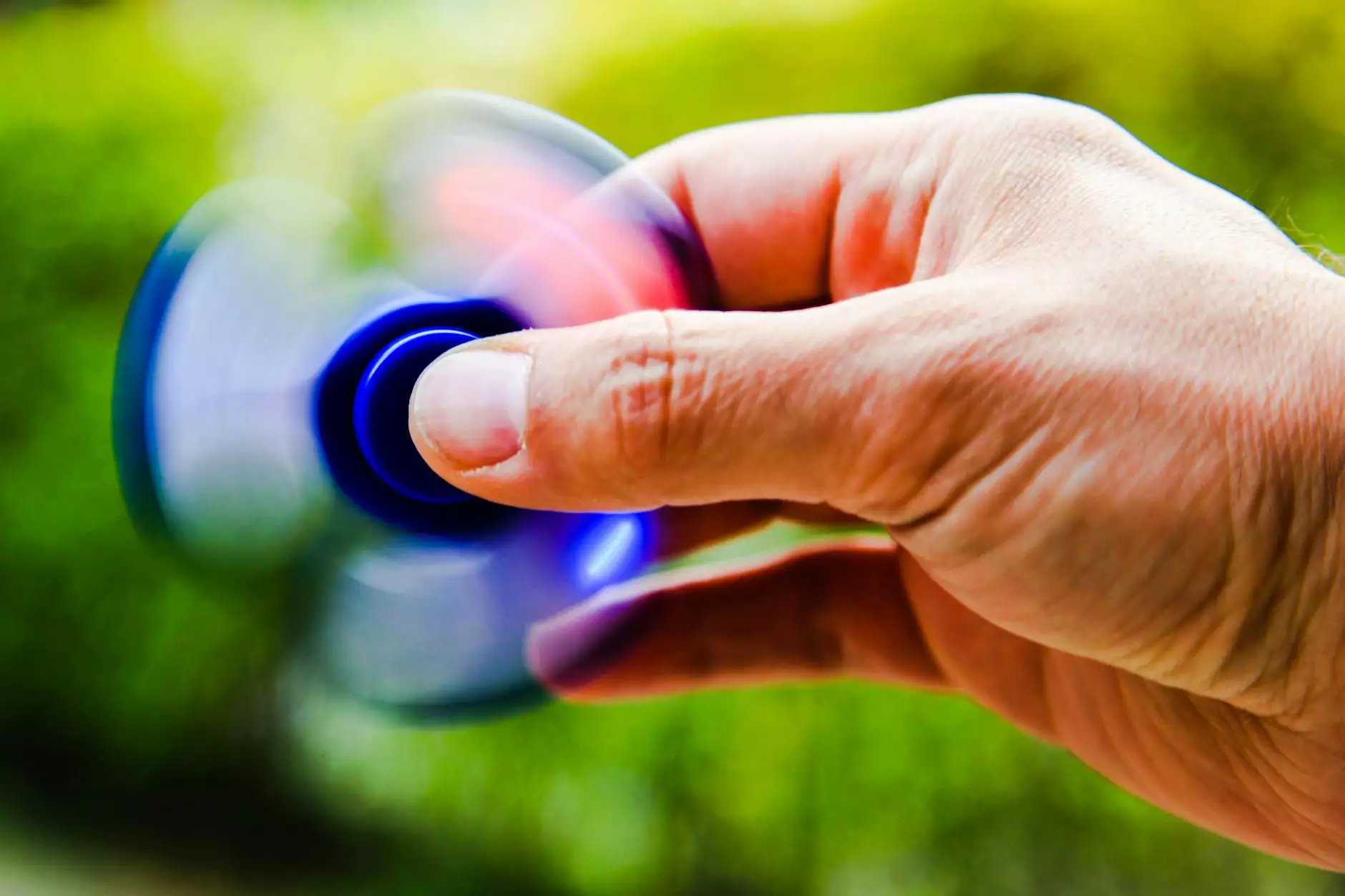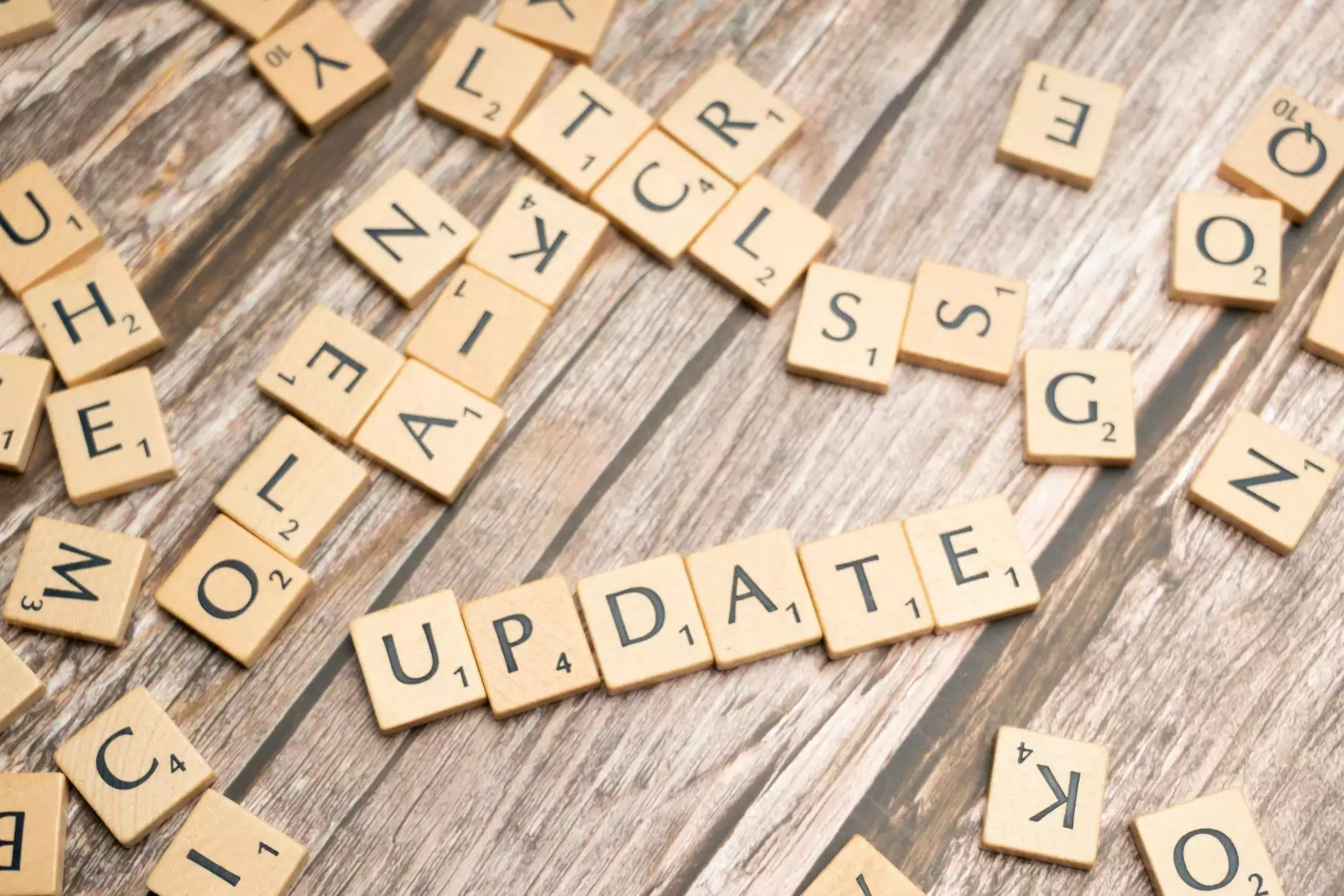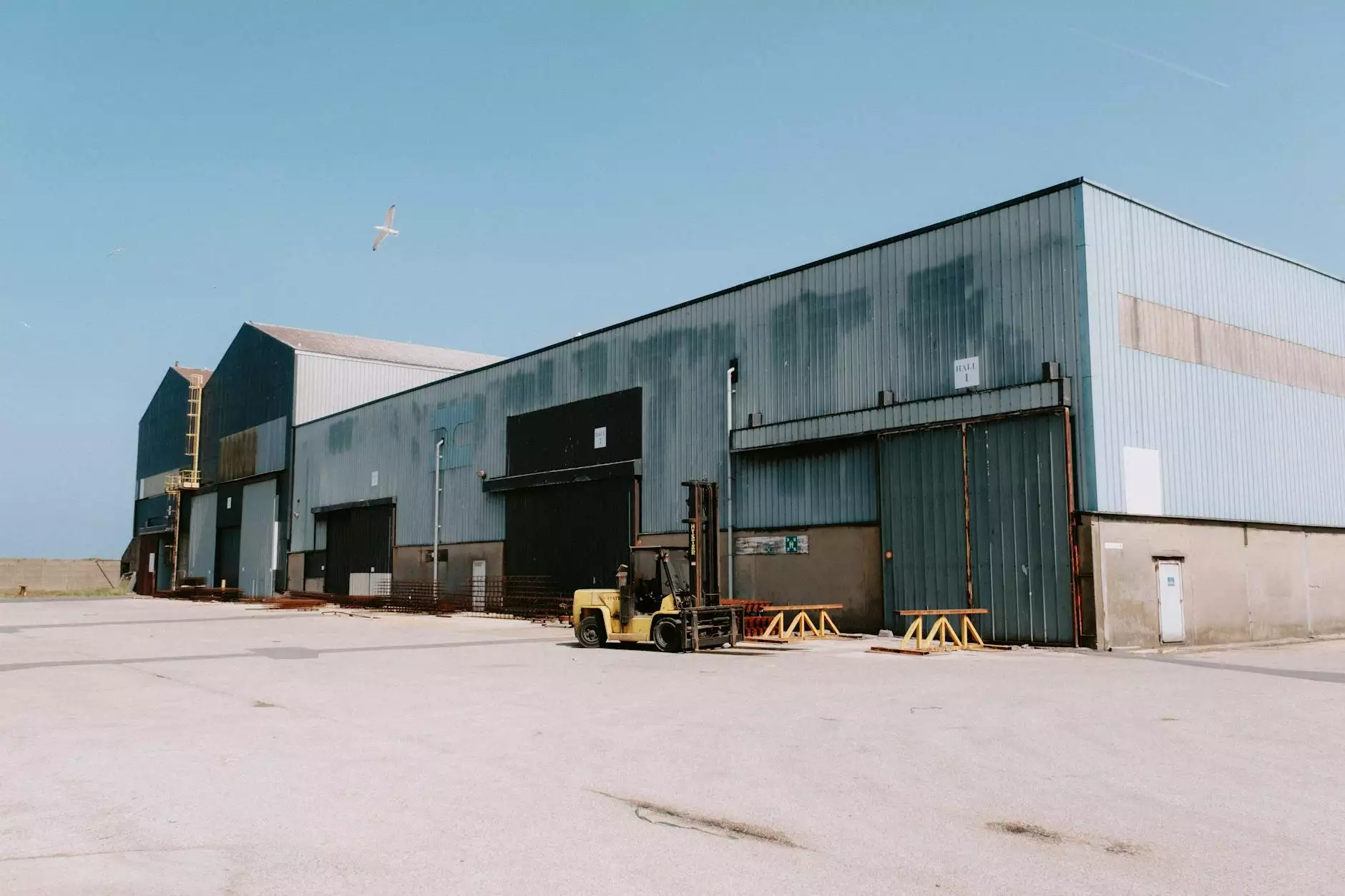The Ultimate Guide to Rhinoplasty Recovery: What You Need to Know

Undergoing a rhinoplasty, popularly known as a nose job, is a significant decision that can lead to remarkable results in terms of both aesthetics and functionality. However, the journey does not end with the surgery; rhinoplasty recovery is an equally important aspect that requires careful attention and preparation. This comprehensive guide will explore everything you need to know about recovering from rhinoplasty, ensuring that your transition post-surgery is as smooth as possible.
Understanding Rhinoplasty
Before delving into the recovery process, it's vital to understand what rhinoplasty entails. This cosmetic procedure can address various concerns, such as:
- Improving the nose's appearance
- Correcting structural defects
- Enhancing breathing function
Rhinoplasty can be performed either in a closed or open technique, depending on the complexity of the surgery and the surgeon's preference. Understanding the specifics of your procedure can help you align expectations and prepare for the recovery process.
The Importance of Rhinoplasty Recovery
The recovery phase is crucial for achieving your desired results. Proper care during this time can significantly impact the final appearance of your nose, as well as your overall health. Here’s why recovery is particularly important:
- It allows for healing of the nasal tissues.
- Reduces the risk of complications.
- Ensures optimal aesthetic outcomes.
What to Expect During Rhinoplasty Recovery
Immediately after your surgery, you will be taken to a recovery room where medical staff will monitor your vital signs and overall condition. Here’s a timeline of what to expect during the recovery phase:
1. First Few Days Post-Surgery
The first 48 hours after surgery are critical. You may experience:
- Swelling: Expect substantial swelling of the nasal area, which is a normal response.
- Bruising: Bruising around the eyes can occur, resembling black eyes.
- Pain: Mild to moderate discomfort is common; medication is prescribed to manage this.
2. Week One
During the first week, you will:
- Have a splint on your nose, which helps maintain its new shape.
- Experience gradual reduction in swelling and discomfort.
- Begin to feel more like yourself; however, rest remains essential.
3. Two to Four Weeks Post-Surgery
By the end of the first month, most swelling will subside, although some mild swelling may persist. You should:
- Attend follow-up appointments with your surgeon.
- Be cautious about engaging in strenuous activities.
- Start to see the early results of your new nose.
4. Months Following Surgery
As time passes, you will notice more subtle changes in your nose shape as swelling continues to dissipate. Full recovery can take a year or more, during which:
- Gradual refinement of your nose's appearance occurs.
- You should remain attentive to any unusual symptoms, such as persistent pain or signs of infection.
Tips for a Smooth Rhinoplasty Recovery
To ensure a seamless recovery process, consider the following tips:
1. Follow Post-operative Instructions
Your surgeon will provide specific post-operative care instructions, which may include:
- Avoiding strenuous activities for a specified period.
- Using cold compresses to reduce swelling.
- Keeping your head elevated while resting.
2. Manage Pain and Discomfort
Utilize prescribed medication to handle pain effectively. Additionally, natural remedies such as:
- Arnica: A homeopathic remedy that may reduce swelling and bruising.
- Ice Packs: Apply them around the nose (never directly on) to alleviate pain and swelling.
3. Stay Hydrated and Nourished
Proper nutrition plays a vital role in recovery. Focus on eating a balanced diet rich in:
- Fruits and vegetables for vitamins and minerals.
- Lean proteins to aid in healing.
- Healthy fats for overall well-being.
4. Avoid Smoking and Alcohol
Both smoking and alcohol can impede healing, increase swelling, and lead to complications. It’s crucial to abstain from these substances during your recovery period.
5. Keep Follow-up Appointments
Regular check-ups with your surgeon are essential. They will monitor your healing progress and can address any concerns you may have about your recovery.
Common Concerns During Rhinoplasty Recovery
1. Excessive Swelling or Bruising
While some swelling and bruising is normal, excessive fluid retention can occur. If you notice significantly increased swelling, contact your surgeon.
2. Nasal Congestion
Nasal congestion is common, particularly as you heal from the internal surgery. Use saline sprays as advised by your surgeon, which can help alleviate discomfort.
3. Changes in Sensation
Temporary numbness or altered sensation in the nasal tip or surrounding areas is expected. Most individuals regain full sensation as nerves regenerate in the months following surgery.
When to Seek Medical Attention
While most aspects of recovery are straightforward, certain symptoms warrant immediate attention:
- Severe pain not alleviated by prescribed medication.
- Signs of infection, such as fever or persistent drainage from the nose.
- Abnormal swelling or changes in the shape of the nose.
Conclusion: Embracing Your New Look
Successfully navigating your rhinoplasty recovery is essential to enjoying the positive results of your surgery. By following your surgeon’s guidelines, maintaining good self-care practices, and being mindful of your body's healing process, you can achieve the beautiful results you desire. Remember, patience is key; allow your body the time it needs to fully heal and reveal your newly shaped nose. Your journey towards enhanced self-confidence begins here!
For more information on rhinoplasty and other cosmetic procedures, visit clinichealthbeauty.com.



